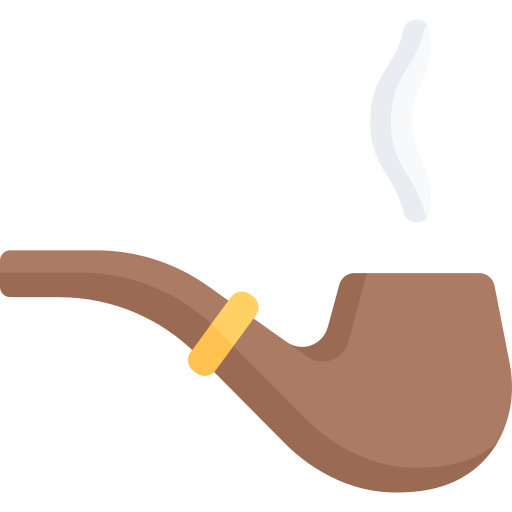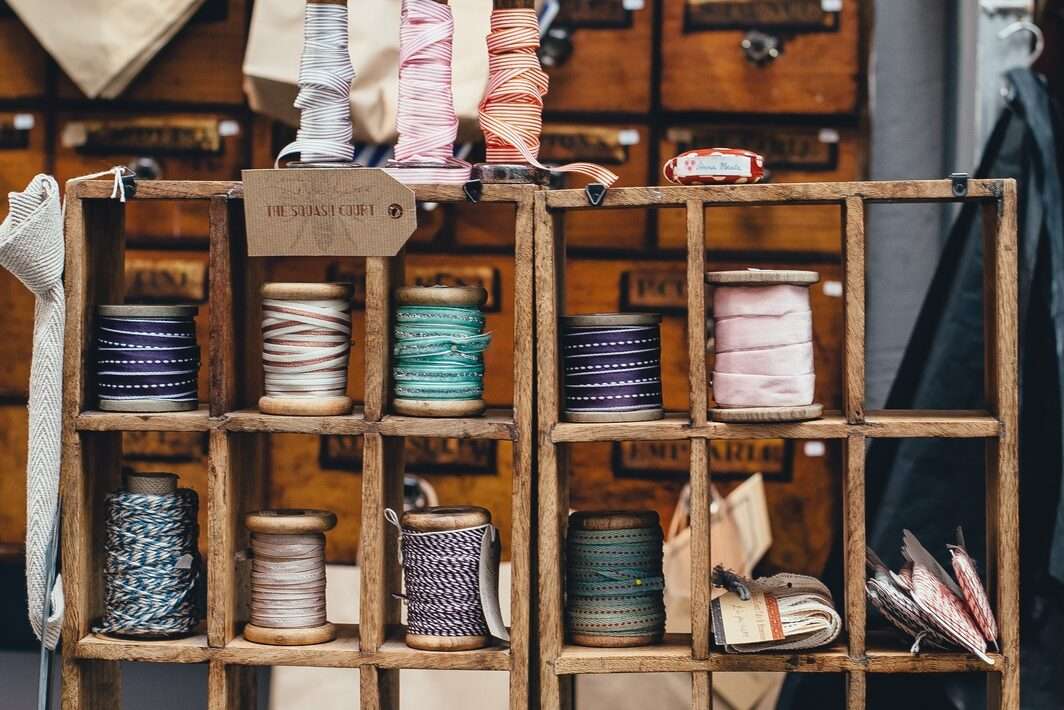Redefining Gender Roles
The Elizabethan era (1558-1603) witnessed a subtle yet significant shift in the perception of gender norms, and this evolution was prominently reflected in the realm of fashion. Attire of the time challenged traditional gender boundaries, allowing for a nuanced exploration of identity, self-expression, and the blurring of gender lines.
Masculine Influence on Women’s Fashion
Elizabethan fashion showcased the influence of masculinity in women’s attire. Women’s clothing, while still maintaining a sense of femininity, borrowed elements from menswear. The use of doublets, jackets, and breeches added a touch of androgyny to their looks, empowering women to adopt a more assertive and unconventional style.
The Cross-Gartered Look
One striking example of gender-blurring fashion was the cross-gartered look. Worn by both men and women, this style featured garters crisscrossing the lower legs, creating a distinctive visual that transcended traditional gender distinctions. The adoption of such elements reflected a willingness to challenge norms and embrace a shared sartorial language.
The Codpiece Controversy
Men’s fashion also experienced shifts that challenged conventional masculinity. The codpiece, a pouch worn over the groin area, became a symbol of virility and prowess. However, the exaggerated sizes and attention drawn to this area of the body questioned the seriousness of gender norms and the performative nature of fashion.
Women’s Empowerment through Dress
Women found empowerment in their attire by embracing clothing that allowed for greater mobility and agency. The adoption of less restrictive corsets and farthingales allowed women to move more freely, participate in activities, and challenge the limitations imposed by traditional clothing.
Playful Embellishments
Both men and women used playful embellishments to subvert gender norms. Accessories like ribbons, bows, and lace were used to add whimsical touches to clothing, blurring the lines between masculinity and femininity. These embellishments showcased a willingness to explore the spectrum of gender expression.
Shaping Modern Conversations
The shifting gender norms of Elizabethan attire continue to influence modern conversations around gender identity and expression. The fluid approach to fashion seen during this era encourages contemporary individuals to embrace their own identities without conforming to predefined norms.
Lessons in Individuality
Elizabethan attire teaches us that clothing can be a means of self-discovery and empowerment. By embracing diverse elements and challenging traditional norms, individuals in the Elizabethan era demonstrated that clothing is a form of self-expression that goes beyond gender labels.
Fashion as a Form of Rebellion
Shifting gender norms in Elizabethan attire also served as a form of rebellion against societal constraints. The willingness to challenge convention through clothing showcases the power of fashion to be a catalyst for social change and the redefinition of norms.
Legacy of Fluidity
The legacy of shifting gender norms in Elizabethan attire is a celebration of fluidity, diversity, and individuality. The era’s exploration of androgynous styles and the breaking of traditional gender boundaries serves as a reminder that fashion has the power to reshape societal perceptions and encourage a more inclusive understanding of identity.
Conclusion
Beyond the corset, beyond the confines of gender expectations, Elizabethan attire represents a daring exploration of identity and expression. The era’s fashion choices challenged established norms, allowing individuals to push the boundaries of gender, engage in self-discovery, and leave a legacy that continues to inspire modern conversations about identity and equality.

